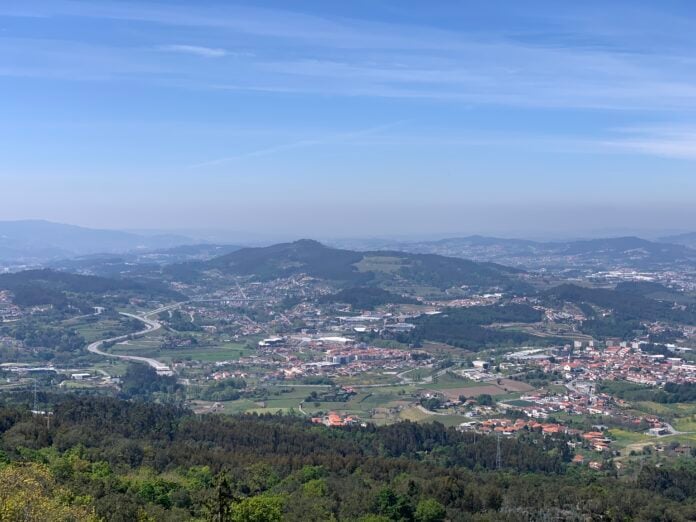We need to know how to interpret and distinguish legends from reality, as well as why these legends exist in the culture of each people and region. Portugal is a country extremely rich in stories, myths, and ancient legends, which inspire customs and superstitions. There are hundreds of Portuguese legends, tales, sayings, and popular beliefs that make our culture so rich and interesting.
Told in the evenings in the cold winters by our ancestors, from werewolves to fairies, witches to mermaids, ghosts and feathered souls to the miracles of saints, there isn’t a creature that our folklore doesn’t include, with the exception, perhaps, of vampires, because this isn’t a subject that is part of our legendary imagination.
But not all Portuguese legends are about creatures and monsters. Many of them reveal lands and people of courage, stories of revenge, justice, impossible loves, and perfect loves, others concern true events but with touches of imagination, probably to increase the dramatic or heroic charge of what really happened.
In fact, legends are such an important part of Portugal’s core that some even precede the country’s history, such as the legend of the Battle of Ourique. The legend goes that shortly before the battle, Afonso Henriques was visited by an old man, whom the man who would become Portugal’s first king four years later believed he had seen in his dreams.
The man gave him a prophetic revelation of victory. He also told him to leave the camp alone the following night, as soon as he heard the bell from the hermitage where the old man lived. The king did so.
It was then that a ray of light illuminated everything around him, allowing him to gradually make out the Sign of the Cross and Jesus Christ crucified. Overcome with emotion, he knelt down and heard the voice of the Lord, who promised him victory in this and other battles. The next day, Afonso Henriques won the battle.
According to legend, King Afonso Henriques then decided that the Portuguese flag would have five shields, or quinas, in a cross, representing the five vanquished kings and the five wounds of Christ.
There are so many myths that have shaped this country that it would be impossible and unfair to contain them all in a single article, so I’ve decided to create a series that will cross the country from north to south. In this article, we’ll visit the legends that have the north of Portugal as their backdrop. Let’s get to it!
Legend of the Moor of Chaves’ Bridge
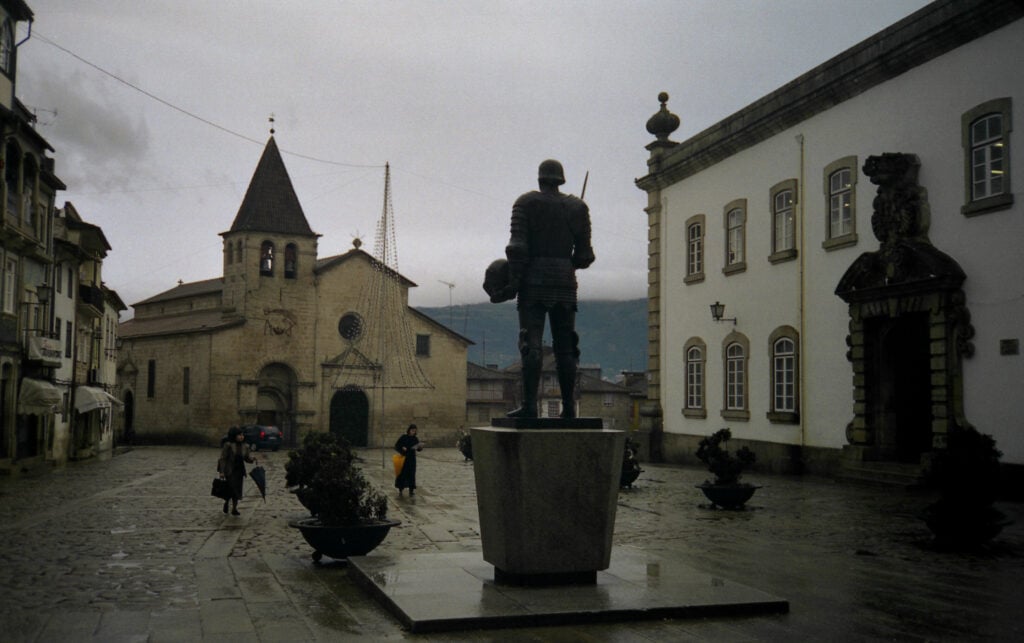
Legend has it that in the 12th century, a young woman of Moorish origin became engaged to her cousin, Abed, the son of a Moorish warrior who had been made alcalde after the Moors retook the lands of Flavi. Although the young woman accepted the engagement, she didn’t love her future husband.
Years later, the Christians returned to reconquer Chaves, and the young Moor was taken hostage by a Christian warrior. The Moor and the Christian fell in love and lived happily, while her betrothed and her uncle fled Chaves. The Christians won the war and peace was restored.
Abed, who knew about the affair, never forgave her and returned to the city dressed as a beggar to take revenge. One day he waited for her on Trajan’s Roman bridge and when he saw her approaching, he asked for alms. The Moor, who held out her hand, looked at him and the rejected Moor cursed her, saying: “You will forever be enchanted under the third arch of this bridge. Only the love of a Christian knight, not the one who took you, can save you.”
A woman’s scream was heard. The young woman had recognized Abed. It is said that the Moor disappeared as if by magic, and only a few Christian ladies witnessed it. In desperation, the Christian warrior who lived with her did everything he could to find her. He searched the bridge endlessly and even paid to have Abed brought back alive to break the spell.
The lover looked everywhere for his Moor but never found her, and ended up dying of sadness and longing after a few years. The enchanted Moor from the bridge was never seen again. Years later, the locals say that one St. John’s Eve, a Christian knight was passing by the bridge when he heard murmurs and cries for help. Then a woman’s voice asked him to go down to the third arch of the bridge and give her a kiss.
But the knight hesitated. He touched the crucifix on his chest, remembering the tales his mother used to tell him about the misfortunes of knights who fell under the spell of enchanted Moors. Faced with these thoughts, he looked at his horse, mounted it, and set off, vowing never to pass there again at midnight.
Thus, the Moorish woman on the Chaves bridge was enchanted forever under the third arch. Legend has it that now, on St. John’s Eve, you can hear the wails of the enchanted Moor, who is eternally punished for having fallen in love one day.
Chaves and its castle are part of one of the most epic road trip itineraries we ever put together, the Great Border Castles Road Trip. So make sure you check it out to learn more about this city.
Legend of the Barcelos Rooster
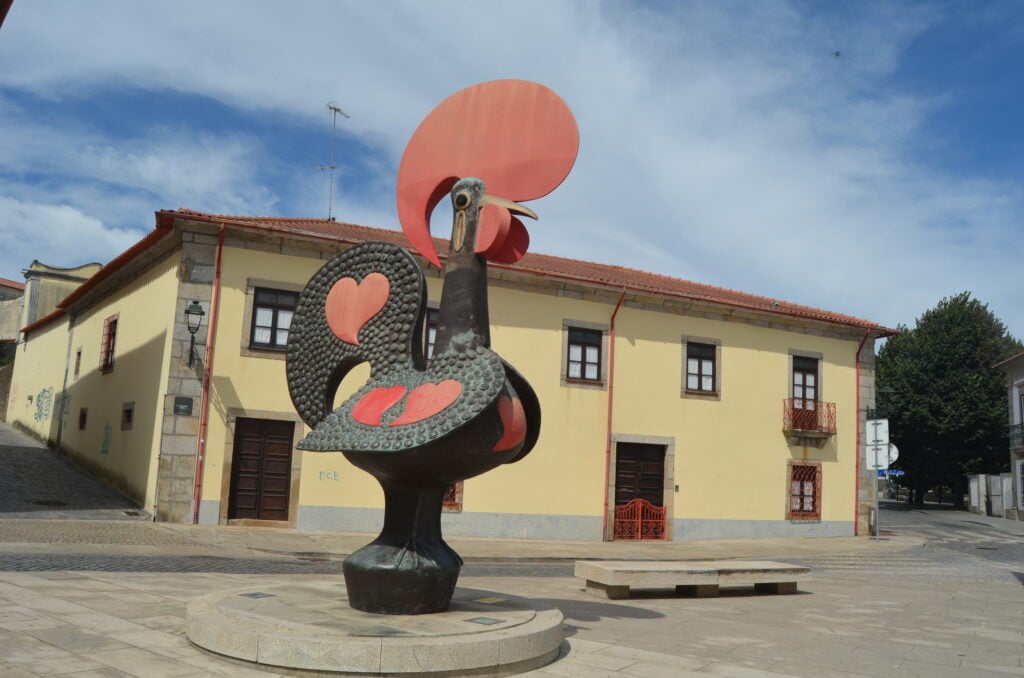
The story goes that the inhabitants of Barcelos were alarmed by a crime in which the perpetrator had not yet been discovered. One day, a Galician appeared and became a suspect. The authorities decided to arrest him, despite his oaths of innocence, as he was just passing through on a pilgrimage to Santiago de Compostela in fulfillment of a promise, as was the tradition at the time, being a faithful devotee of Saint Paul and the Blessed Virgin.
In the end, however, he was sentenced to death on the gallows. In despair at this decision and knowing that he was innocent, the man asked to be brought before the judge who had condemned him. When permission was granted, he was taken to the magistrate’s residence, where he was feasting in a large room with some friends.
The Galician once again affirmed his innocence and, in the face of the incredulity of those present, pointed to a roast cockerel that was on the large table next to other delicacies, exclaiming: “It’s as certain that I’m innocent as it is that this cockerel will crow when they hang me!”
In the face of laughter, which wasn’t long in coming, but just in case, no one touched the rooster. The judge pushed the plate aside and ignored the appeal. Then what seemed impossible happened: as the pilgrim was being hanged, the roast cockerel stood up on the table and crowed to the amazement of all those who had mocked the poor Galician.
After this event, no one doubted the innocence of the Galician pilgrim. Realizing his mistake, the judge rushed to the gallows and discovered that the Galician had been saved thanks to a poorly made noose. The poor man was immediately released and sent off in peace, and the case was closed.
A few years later, the Galician returned to Barcelos to sculpt the Monument of Senhor do Galo in praise of the Virgin Mary and Santiago Maior. This monument is currently in the Barcelos Archaeological Museum. It is said that the first ceramic rooster based on this legend was made by the craftsman Domingos Côto.
Since then, the Barcelos Rooster has become a popular figure and has spread, strengthening the tradition over the decades, immortalized in the art not only of the city of Barcelos, but of the whole of Portugal, whether made of ceramics, wood, or other materials. It’s the most famous Portuguese souvenir.
If you would like to learn more about Portugal’s rich history and tradition of handcrafts, make sure to read our Guide to Portugal’s Traditional Handicraft.
The Legend of the Lady Who Passed
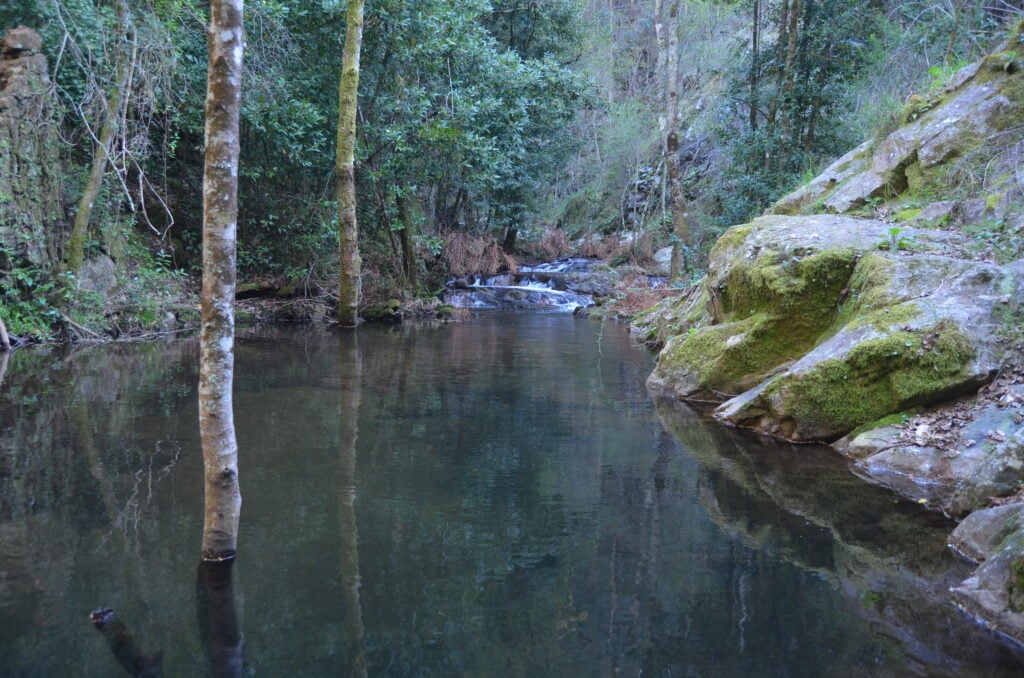
In Vila Verde, Braga, a parish called Paçô was marked by an impossible love. The legend of Paçô tells that one day, a father and daughter were walking along the road when they decided to stop and rest. The daughter, Joana, went down to a stream to drink some water and cool off.
Suddenly the young woman’s astonishment came when the stream spoke to her in a man’s voice! Startled, she listened as the stream told her that for the love she had for it, it would turn into a river to follow her. The stream with the voice of a man asked young Joana to kiss its waters and say “Love” softly, to seal the promise.
She did so but then ran to her father, who was calling her. At night, while her father slept, Joana sneaked out to see if the stream had followed her. She came down to a river! The girl asked the river to show itself in the form of a man, to which the river complied.
At the moment when the river became a man, Joana’s father appeared and, seeing his daughter with a boy, was beside himself and took her away. The man-made river could only watch his beloved disappear. The next day, the people say, a man’s voice could be heard wailing from the side of the river.
“Has she passed here? Has she? Has she?” the voice asked. Legend has it that from repeating these words so often, the place became known as Passô, and the river was named River Homem (the Portuguese word for “man”). Young Joana was never heard from again, but her memory lives on in Vila Verde.
Legend of the Tripeiros
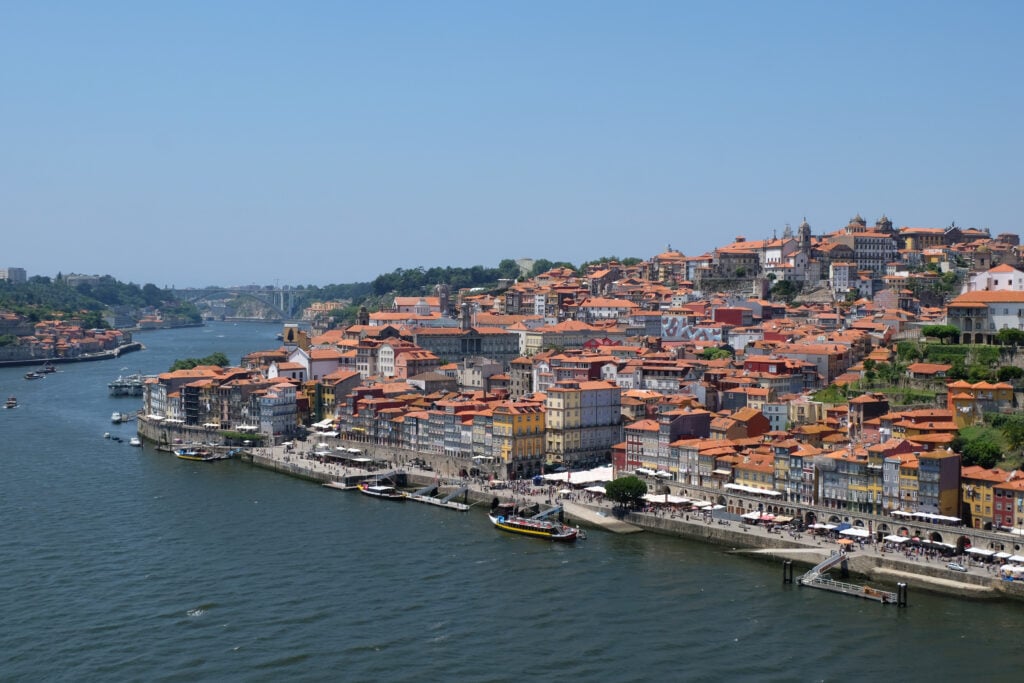
This is a legend that is part of the history of Portugal and the European discoveries. And, without a doubt, it is certainly one of Portugal’s scary legends.
Well, legend has it that in 1415 ships and boats were built on the banks of the River Douro, but the reasons for this were secret. Despite various speculations, nobody knew for sure what the real reasons for the construction were.
However, one day Prince Henry the Navigator showed up unexpectedly in Porto to see the work in progress and, although he was pleased with the effort made, he thought that even more could be done. In addition, he told Master Vaz, the faithful construction foreman, the true and secret reasons why they were building ships and boats: the conquest of Ceuta.
He then asked the master and his men for more commitment and sacrifices so that the work could be finished. Master Vaz then promised him that all the men, as a sacrifice, would give all the meat in the city and eat only the guts. This is why they became known as tripeiros.
Moved by the sacrifice, Prince Henry then pointed out that the name of tripeiros was a real honor for the people of Porto. Thus, it is believed that the tripeiros helped Prince Henry the Navigator’s great fleet, with seven galleys and twenty ships, set off on its way to conquer Ceuta.
Make sure you give our Porto City Guide a read, to learn a lot more about this incredible city.
Legend of Pedro Sem
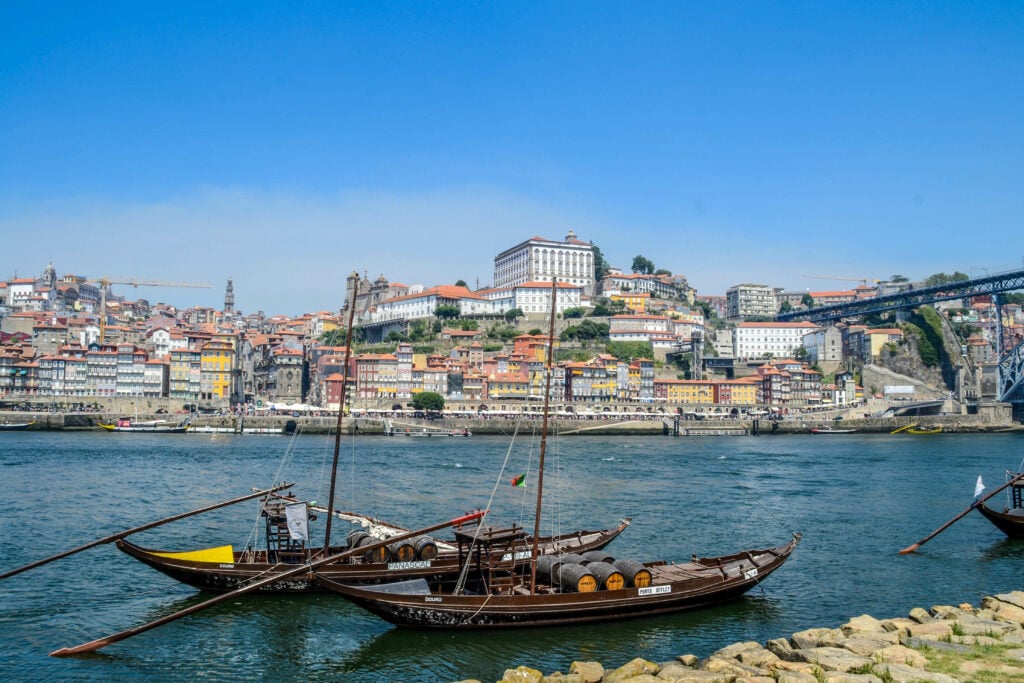
Pedro Sem was a wealthy merchant from the city of Porto. Despite his wealth, he didn’t have a noble title, something that saddened him greatly. He lived surrounded by every luxury thanks to the misfortune of others since he lent money at high interest rates. And that’s how he fulfilled his ambition of belonging to the nobility: he married a young noblewoman in exchange for the forgiveness of his father’s debts.
The wedding feast had been going on for 15 days when his ships, coming from India, approached the Douro estuary. Arrogant, the merchant climbed the tower of his palace and defied God, saying that not even the Creator could make him poor.
But at that moment, the blue sky was covered by a storm. The ships were shipwrecked and the tower was struck by lightning, which started a fire that destroyed all their possessions.
As for Pedro Sem, he had no choice but to start begging in the streets, lamenting: “Give some change to Pedro Sem, who had everything and now has nothing“.
Last Thoughts
Portuguese legends are not just stories from the past; they are threads woven into the tapestry of national identity, shaping world views and passing on values from generation to generation. Each tale, such as the epic Battle of Ourique, not only feeds the collective imagination but also influences national symbols, such as the chevrons on the flag.
Exploring the north of Portugal, we come across the fascinating Moor of Chaves’ Bridge, a story of forbidden loves and enchantments that defy time; the legend of the Rooster that transcended criminal history to become a national icon, highlighting the importance of justice and faith; or the legend of the Lady Who Passed, which weaves a narrative of lost love and mystical transformations.
Just as Tolkien believed, these legends are not just fiction; they are reflections of deep truths that resonate through the centuries. The richness of Portuguese culture lies not only in its documented history but in the narratives that dwell in the hearts of the people, continuing to inspire and enchant each generation that delves into these timeless stories.
Thus, Portuguese legends remain not only as accounts of the past but as windows to understanding the soul of a people and the essence of their rich heritage.
Make sure you explore the country through its legends in these other articles: Central Portugal’s Folk Tales, Lisbon Region’s Folk Tales, Southern Portugal’s Folk Tales, and Portuguese Islands’ Folk Tales.

